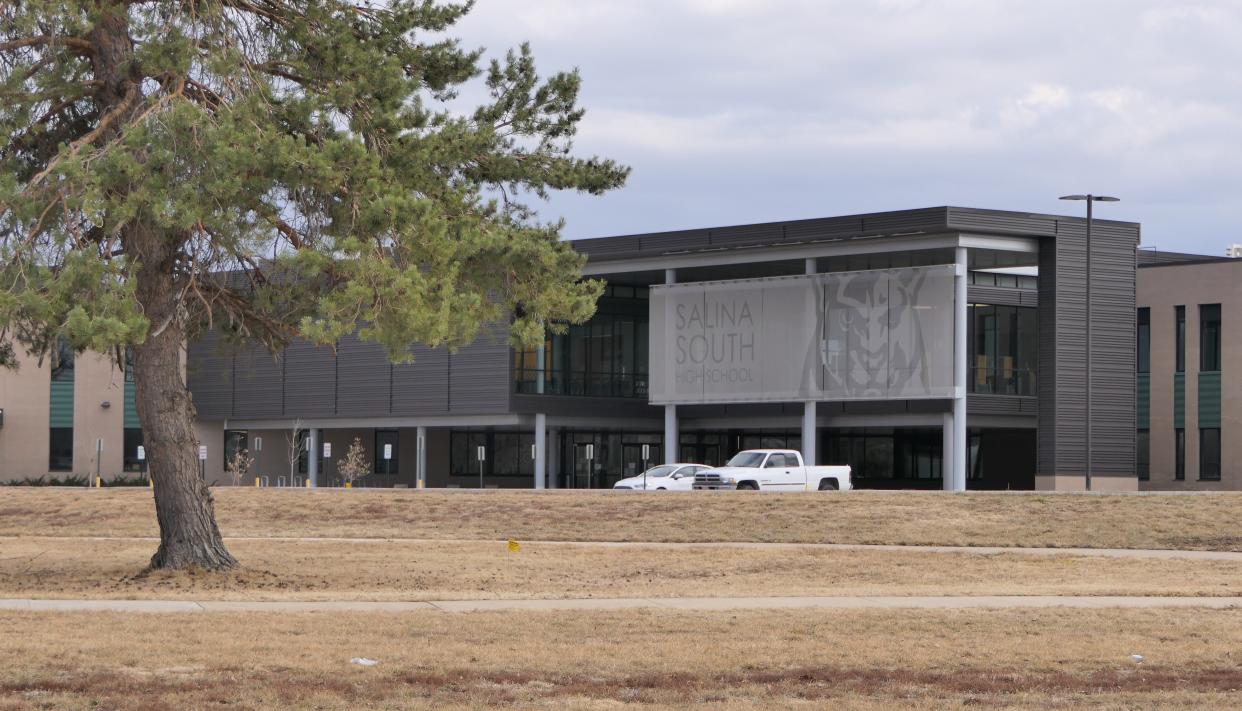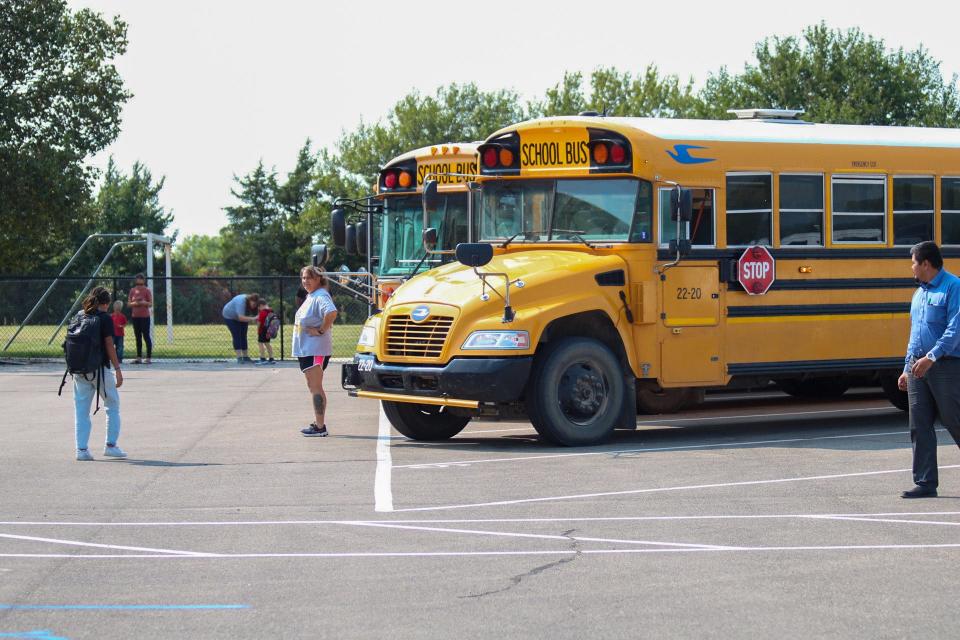Salina schools address chronic absenteeism in post COVID environment

Salina Public Schools saw a higher-than-normal chronic absenteeism rate last academic year – 19% – in large part due to factors related to the COVID-19 pandemic.
As school districts nationwide returned to a more normal schedule this past year, students were still quarantining or staying home for mild illnesses. This point, paired with other factors, which account for typical chronic absenteeism rates, contributed to some students spending less time in the classroom after a year of virtual and hybrid learning.
It’s a phenomenon not unique to Salina schools, but one the district is looking at strategically addressing, said Jody Craddock-Iselin, director of support services for USD 305.
“We want the students in our schools each and every day all day,” Craddock-Iselin said. “We have changed some communications strategies we’re providing to families.”
What is chronic absenteeism?
According to the district, Salina Public Schools is communicating more than it ever has with students, parents and others about chronic absenteeism.
Chronic absenteeism is defined as missing 10% or more of instructional days – the threshold at which research indicates most students are at risk of negative academic and social consequences.
Salina Public Schools has implemented strategic initiatives to provide education and limit the number of students contributing to that rate this year.
More:Salina Public Schools adopts policy for administering Narcan in emergencies
Craddock-Iselin and the district support team sends chronic absenteeism data to individual school leadership teams weekly to identify patterns in attendance.
From there, leadership teams evaluate data and determine appropriate strategies for each student who is defined chronically absent by the state. Some of these strategies include a letter or a phone call home.
Overall, Craddock-Iselin said, the district’s goal is to work with families and help students build good attendance habits; schools recognize there might be a number of factors contributing to a student being chronically absent.
“All of us want the same thing; we want the student to be successful,” Craddock-Iselin said.

Proactive strategies reach students and families
School attendance rates naturally fluctuated during the COVID-19 pandemic, when students, teachers and staff were home sick or quarantined, and online learning was the norm. But there was a notable spike in absent students when schools first came back for full-time, in-person instruction.
Prior to the COVID-19 year, Salina Public Schools had a 12% chronic absenteeism rate. Then during COVID-19, the rate increased just one percent to 13%. The aforementioned 19% the following year was an outlier for the district.
In Salina Public Schools, it is the high school level that sees the highest rates of absenteeism.
Deputy Superintendent at USD 305 Shanna Rector said the district goes deeper in addressing absenteeism than what is feasible for the state. While the state collects end-of-year data, the schools are able to implement proactive strategies, meeting students and their families where they are. Often, Rector said, an open line of communication between the district and student’s families helps get to the root cause of poor attendance.
Over at Southeast of Saline, the district shares a similar strategy in specialized and individualized support. They look at data trends, including the percentage a student has missed over a multiweek period and provide support where needed.
More:Dunbar, Salina's school for Black children during segregation, celebrates 100-year anniversary
SE Saline Superintendent Roger Stumpf said the district’s chronic absentee rate went up more than expected, and he suspects the jump is related to the number of students who were sick or quarantined.
“I fully expect the number to come back down this year, but it may take more than one year to return to our pre-pandemic average,” Stumpf said. “The simple truth is that we had students pre-pandemic coming to school sick and contagious with all sorts of illnesses. With all the focus on wellness now, that practice has gone down a lot.”
Salina Public Schools is involved with a program called Attendance Works, which looks at chronic absenteeism and what they can do to get students in school.
Craddock-Iselin and her team has put together flyers and informational material with quick facts about habits students can build, like setting a regular bedtime and developing backup plans for getting to school.
These informational items also explain how missing school quickly adds up, and that communication is key to keep from falling behind.
“The most important aspect in addressing attendance concerns is that it has to be a collaborative approach – an approach between the school, parents and students,” Rector said.
This article originally appeared on Salina Journal: Salina schools address chronic absenteeism in post-COVID environment

